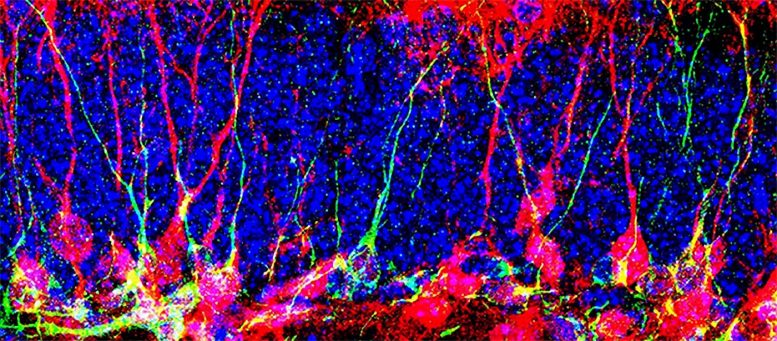
Newly produced neurons (red) in the dentate gyrus with cell nuclei (blue) and a marker for immature neurons (green). Credit: Knobloch Lab – UNIL
A team of biologists has discovered how to awaken neural stem cells and reactivate them in adult mice.
Some areas of the adult brain contain quiescent, or dormant, neural stem cells that can potentially be reactivated to form new neurons. However, the transition from quiescence to proliferation is still poorly understood. A team led by scientists from the Universities of Geneva (UNIGE) and Lausanne (UNIL) has discovered the importance of cell metabolism in this process and identified how to wake up these neural stem cells and reactivate them. Biologists succeeded in increasing the number of new neurons in the brain of adult and even elderly mice. These results, promising for the treatment of neurodegenerative diseases, are to be discovered in the journal Science Advances.
Stem cells have the unique ability to continuously produce copies of themselves and give rise to differentiated cells with more specialized functions. Neural stem cells (NSCs) are responsible for building the brain during embryonic development, generating all the cells of the central nervous system, including neurons.
Neurogenesis capacity decreases with age
Surprisingly, NSCs persist in certain brain regions even after the brain is fully formed and can make new neurons throughout life. This biological phenomenon, called adult neurogenesis, is important for specific functions such as learning and memory processes. However, in the adult brain, these stem cells become more silent or ‘‘dormant’’ and reduce their capacity for renewal and differentiation. As a result, neurogenesis decreases significantly with age. The laboratories of Jean-Claude Martinou, Emeritus Professor in the Department of Molecular and Cellular Biology at the UNIGE Faculty of Science, and Marlen Knobloch, Associate Professor in the Department of Biomedical Sciences at the UNIL Faculty of Biology and Medicine, have uncovered a metabolic mechanism by which adult NSCs can emerge from their dormant state and become active.
‘‘We found that mitochondria, the energy-producing organelles within cells, are involved in regulating the level of activation of adult NSCs,’’ explains Francesco Petrelli, research fellow at UNIL and co-first author of the study with Valentina Scandella. The mitochondrial pyruvate transporter (MPC), a protein complex discovered eleven years ago in Professor Martinou’s group, plays a particular role in this regulation. Its activity influences the metabolic options a cell can use. By knowing the metabolic pathways that distinguish active cells from dormant cells, scientists can wake up dormant cells by modifying their mitochondrial metabolism.
New perspectives
Biologists have blocked MPC activity by using chemical inhibitors or by generating mutant mice for the Mpc1 gene. Using these pharmacological and genetic approaches, the scientists were able to activate dormant NSCs and thus generate new neurons in the brains of adult and even aged mice. ‘‘With this work, we show that redirection of metabolic pathways can directly influence the activity state of adult NSCs and consequently the number of new neurons generated,’’ summarizes Professor Knobloch, co-lead author of the study. ‘‘These results shed new light on the role of cell metabolism in the regulation of neurogenesis. In the long term, these results could lead to potential treatments for conditions such as depression or neurodegenerative diseases’’, concludes Jean-Claude Martinou, co-lead author of the study.
Reference: “Mitochondrial pyruvate metabolism regulates the activation of quiescent adult neural stem cells” by Francesco Petrelli, Valentina Scandella, Sylvie Montessuit, Nicola Zamboni, Jean-Claude Martinou and Marlen Knobloch, 1 March 2023, Science Advances.
DOI: 10.1126/sciadv.add5220

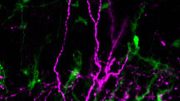
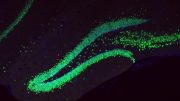
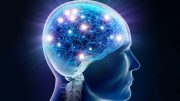
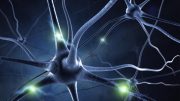
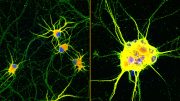
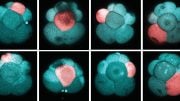
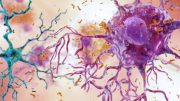
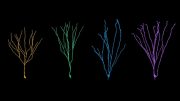
What about well-aged mice at their peak of ripeness?
The way I like to think of the brain is similar to a map of billions of neurons that are composed of cells, DNA, and chemicals. Each neurotransmitter has the ability to split, branch off, go from side-to-side, go up and down, twist, fold, or go deeper or shallower in the muscle, fat, tissue, and they are all bonded together to form an entire map. This”map” as I call it has billions of starting points and billions of new destinations when each new waking memory is formed and also when the brain is more active while the sleeping process. Both direct and indirect processes affect the brain such as learning directly and forming new connections and indirectly damaging the brain by the exposure of blue light, or through stress or inactivity through a blank mental state of not allowing new thoughts to form which causes a decrease in the ability to generate new cells. Physical activity, performing tasks with the hands, and moving the body in general at any given time will create a small amount of neurogenesis. Thinking about movement, speech, listening, and the olfactory processes also can make the mapping of the brain even more complex by forming spirals in the ends and middle part of a synapse when nearby synapses fire off at the same time and that creates a permanent effect of constant brain dynamism, in which the brain is constantly changing with each breath. Furthermore, and lastly, technology may be able to zoom in each individual firing of a neurotransmitter by slowing time down and measuring each chain reaction of each neurotransmitter until you can determine the first fired until the last fired by analyzing it with monitors and technology that has yet to have been invented to achieve a thorough understanding of the most complex and least understood organ in the body.
Interesting
All that you say resonates with me. I see it all as energy flowing through the body activating all the various systems at various times of the day If you follow the Chinese Meridians you will see their perception/understanding of the flow the energy system which moves us here or there. Depending of the coding we put on it all it manifests into good bad or in different ways as you perceive it .Left or right brain or a whole brain for one etc … We have dissected ourselves into so many different parts……A lot more to understand as it is all transforming now.
Very misleading title. There’s years of difference between “adult brain” and “adult mouse brain”.